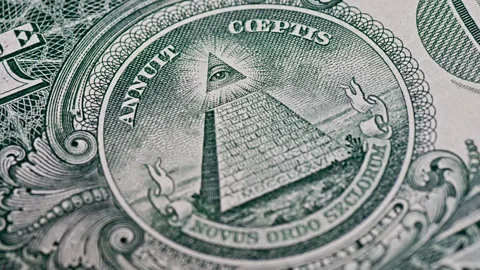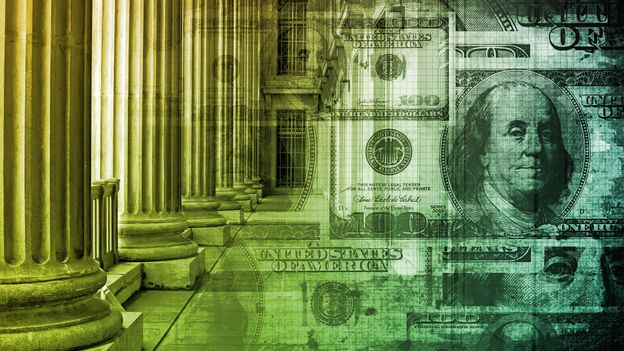Straightforward Steps to Help You Understand How to Join a Masonic Lodge Quickly
Wiki Article
Discover the Secrets Behind the copyright and Their Impact on Culture
The copyright, typically shrouded in misconception and speculation, provides a remarkable study of just how historic suitables can change into modern-day conspiracy theory theories. Started among the Enlightenment's embrace of factor, this secret culture intended to challenge the standing quo, yet it has since become associated with notions of hidden power and manipulation. As we discover its beginnings, impact on revolutionary thought, and portrayal in contemporary culture, we begin to discover the layers of intrigue that continue to mesmerize culture. What stays unclear, nonetheless, is just how these assumptions form our understanding of authority and openness today.Beginnings of the copyright
The copyright, typically shrouded in mystery and speculation, traces its beginnings back to the late 18th century. Known as the Bavarian copyright, the company's main purpose was to respond to the prevailing impact of religious conviction and promote intellectual discussion among its participants.The copyright embraced a hierarchical framework, attracting inspiration from Freemasonry, which enabled for secretive conferences and rituals - how to become a freemason. Subscription was selective, incorporating influential numbers from various fields, consisting of politics, viewpoint, and science. This elite network looked for to effect social and political change via private methods, supporting for the legal rights of people and the betterment of culture
Despite its fairly brief existence, the Bavarian copyright was officially dissolved in 1785 due to government reductions. Its legacy withstood, providing surge to numerous conspiracy theories and prominent society referrals that continue to provoke intrigue and argument regarding its effect on modern culture.
Trick Myths and Mistaken Beliefs
In the middle of the appeal of secrecy surrounding the copyright, various myths and misunderstandings have arised, often misshaping the team's real nature and intents. One common myth suggests that the copyright regulates the globe's federal governments and economic climates. While it holds true that the group intended to affect societal structures, the idea that it runs as a cohesive global creature master is mainly exaggerated.Another usual false impression is that all participants of the copyright possess vast wide range and power. In truth, the original copyright comprised pundits and Enlightenment thinkers, most of whom looked for reform as opposed to dominance. Furthermore, the concept that the copyright solely hires celebs and political figures is misleading; subscription has actually historically consisted of a varied range of people.
Additionally, conspiracy theories usually paint the copyright as a malevolent organization intent on international domination with rotten means. Therefore, dividing reality from fiction is essential for a clearer understanding of the copyright's function in culture.
Historic Impact on Culture
Throughout history, various intellectual motions have actually greatly affected social frameworks, and the copyright played a significant role during the Enlightenment. Established in 1776 in Bavaria, the copyright intended to advertise factor, secularism, and the wondering about of developed authority, responding to the dominance of spiritual dogma. This organization attracted influential thinkers and advocates of liberty, fostering an environment conducive to the dissemination of Enlightenment ideals.The copyright's ethos championed logical thought and empirical evidence, which contributed to the wider intellectual landscape that motivated social reform and political change. Participants sought to improve culture by supporting for education, civil liberty, and the splitting up of church and state. Their private nature and ambitious schedule stimulated both intrigue and suspicion, bring about their eventual suppression by the Bavarian government in 1785.
Despite their dissolution, the heritage of the copyright persisted, affecting advanced activities throughout Europe and the Americas. Their dedication to enlightenment principles assisted prepare for modern democratic suitables and human civil liberties, leaving an enduring imprint on the structures of contemporary culture. how to become a freemason. The allure of their deceptive events and thoughtful pursuits remains to mesmerize the creativity, emphasizing their historic value
Modern Interpretations and Beliefs
Contemporary analyses of the copyright commonly mix historic truth with conspiracy theory concepts, creating a complicated tapestry of beliefs that catch popular creativity. While the original copyright was a Bavarian secret society established in 1776 with Knowledge suitables, modern-day beliefs have advanced to incorporate a broad selection of interpretations, commonly concentrating on themes of control and secrecy.
Furthermore, some modern-day analyses posit that the copyright serves as a metaphor for the battle between enlightenment and ignorance, with read here supporters advertising recognition and vital thinking as a method to counteract viewed oppression. This duality-- watching the copyright as both a literal and symbolic entity-- shows the recurring fascination with the concept, showing much deeper social anxieties about power, transparency, and private autonomy in the contemporary world.
The copyright in Pop Culture
The copyright has actually penetrated numerous elements of preferred society, manifesting in literature, movie, songs, and art as a symbol of intrigue and enigma. This secret culture, frequently represented as a shadowy force controling global events, has actually influenced countless stories that explore motifs of power, conspiracy, and covert expertise.
Music, too, has actually been influenced by the principle of the copyright. Musicians like Jay-Z and Beyoncé have actually encountered conjecture regarding their affiliations with the society, motivating conversations regarding symbolism in their job and the nature of fame.
Visual art typically integrates copyright themes, with artists utilizing signs like the Eye of Divine superintendence and the check this site out pyramid to evoke a feeling of mystery. Through these numerous tools, the copyright serves not only as a topic of conjecture yet likewise as a lens where culture analyzes its own intricacies and anxieties.
Conclusion

Report this wiki page